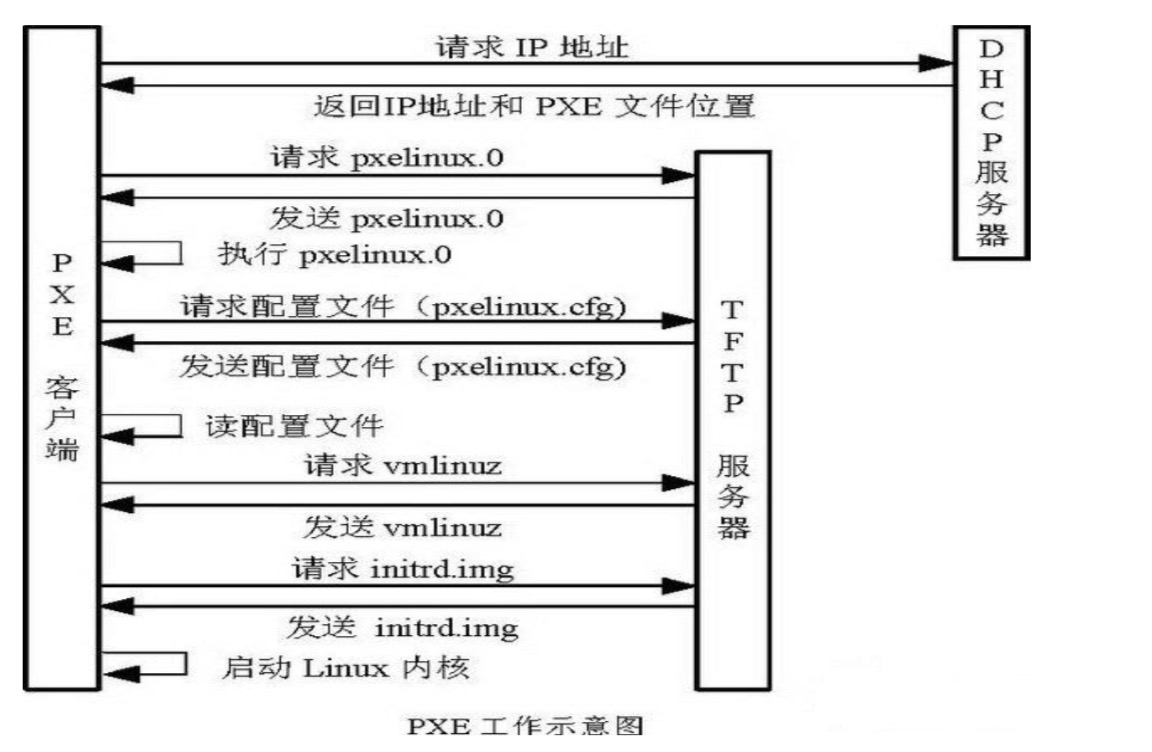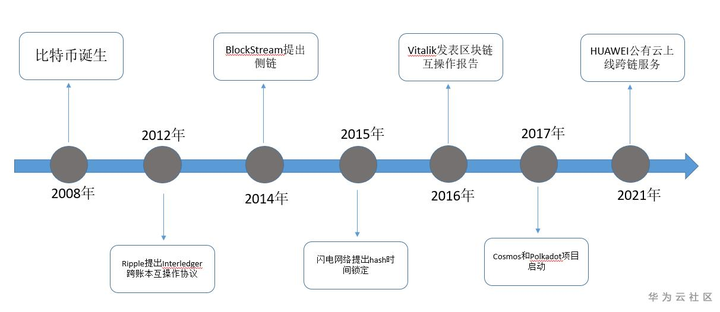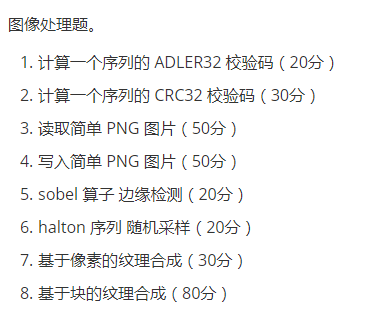I have a Spring WS client that needs to authenticate using a keystore/trustore combination and also via basic auth.
This is the relevant Spring config that I currently have:
@Configuration
public class SpringWSConfig {
@Bean
public Jaxb2Marshaller jaxb2Marshaller() {
Jaxb2Marshaller marshaller = new Jaxb2Marshaller();
marshaller.setPackagesToScan("io.shido.credit.domain");
return marshaller;
}
@Bean
public WebServiceTemplate webServiceTemplate() throws Exception {
final WebServiceTemplate template = new WebServiceTemplate(jaxb2Marshaller(), jaxb2Marshaller());
template.setDefaultUri("https://domain.tld/SVC/data");
//template.setMessageSenders(new WebServiceMessageSender[]{ messageSender(), messageSender2() });
//template.setInterceptors(new ClientInterceptor[] { wss4jSecurityInterceptor() });
template.setMessageSender(messageSender());
return template;
}
@Bean
public HttpsUrlConnectionMessageSender messageSender() throws Exception {
HttpsUrlConnectionMessageSender messageSender = new HttpsUrlConnectionMessageSender();
messageSender.setTrustManagers(trustManagersFactoryBean().getObject()); // set the trust store(s)
messageSender.setKeyManagers(keyManagersFactoryBean().getObject()); // set the key store(s)
return messageSender;
}
This works for the keystore/trustore part. I'm able to do the SSL handshake successfully, but right now I'm getting an HTTP 401 (Unauthorized). So I tried:
- To have multiple
senders; one of themHttpComponentsMessageSenderwith the username and password on it...but it doesn't work - To configure a
ClientInterceptorwith someWss4jSecurityInterceptorconfig/settings...also doesn't work - To use a sender that inherits from
HttpsUrlConnectionMessageSender, add ausernameandpasswordfields, overwriteprepareConnectionand setconnection.setRequestPropertyto use anAuthorizationheader. This time I get an HTTP 405 (Method Not Allowed)
Any clues how to do this?



